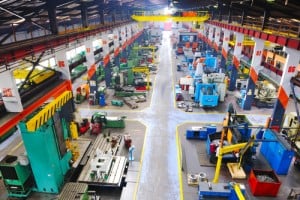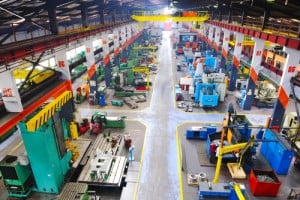Doing Your Homework ??? Part 2
In the last post I gave you some homework around the idea of operational excellence. I hope you did your homework and learned some things.
In this post, I’d like to keep this idea of homework going and extend it to the idea of manufacturing agility. Manufacturing agility is a little more complicated and is usually only really possible once you’ve mastered at least the basics of operational excellence.
But, manufacturing agility is what makes a good manufacturing plant a great plant. And, it’s the thing that really helps accelerate profit and market share growth.
Manufacturing agility is all about changing products easily and quickly. It’s about changing the processes and changing the equipment just as easily and quickly. It’s even about changing the back-end business processes and being able to make these changes in as close to zero cost, zero time, and with zero waste, as possible.
So, I’ve got more questions for you to think about. Here’s your homework, and, again some of these questions may not apply but you should get the idea.
Product Changes
Can you adapt to changes in products quickly? Does the introduction of a new product specification negatively impact the efficiency in your facility? Do you produce more than 1% off-spec product annually? Is your spec data integrated to your process setup information?
Profits and market share are going to come with new products and with extensions to existing products. You have to be able to change products and make new products very easily and very quickly. Taking too long to introduce a new product or a product extension is a sure way to miss the market window and miss the profit window.
Processes and Equipment
Is a change of specification disseminated immediately at your facility? Does the effort to configure physical equipment to meet a product specification cause equipment downtime? Are quality recipe changes integrated to process recipes?
This is pretty basic stuff that you probably do every day. But, that’s why it’s so important. You need to get this stuff right, and, since you do it every day, making some small improvements can have a big impact over the long haul.
Business Processes
Can you change your quality sampling workflow quickly? Does it take more than 30 minutes to execute a product hold? What is the delay between Finished Product production and Finished Product release?
These are just a couple of questions about the back-end business processes. The point is that business processes can and do change. But, that’s a good thing. The trick is to change them for the better and work to make improvements in the business processes. Again, small improvements can have a big impact.
Training
Does it take a supervisor/manager to make changes? Are your operators empowered to make changes as needed? Is everyone trained to make changes? What percent compliance of Operator Certification do you have?
This is a big issue but it has a big payback. It’s all about culture and empowerment and high performance. No matter where you are on this curve, keep working on this, because this probably has a bigger payback than everything else combined.
Zero Cost
Do you report variance in standard changeover costs versus actual costs? What are the costs and how are they reported for product flushes and waste? What is the ramp-up time after product changeovers?
The point is that none of this really has a zero cost. It all has measureable cost. And you need to measure it. And, you need to figure out ways to get it as close to zero cost as you can.
That’s got to be enough for now. Again, just be honest with yourself. You’ll find some areas for improvement, I’m sure of it. And, again, just finding them is half the battle. So, go do your homework. Good luck! Let me know what you find.


